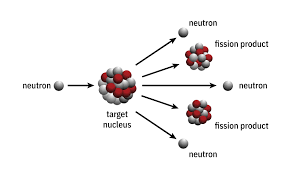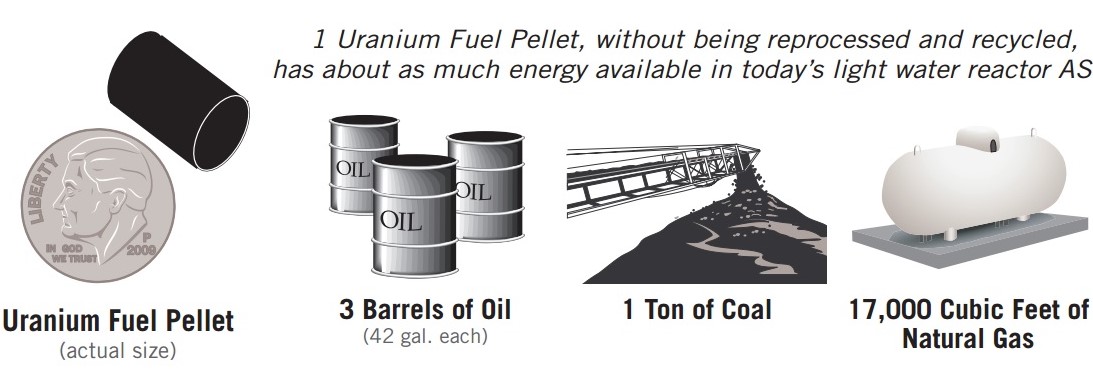It’s safe to say the world would be unrecognizable if American scientists hadn’t built an atomic bomb before the Nazis. Even if Hitler chose not to condemn us all to a nuclear wasteland, a Nazi-controlled planet seems only slightly better than total destruction.
At the start of World War II, the sheer terror at what the Third Reich could do with one of the most powerful forces in the universe lit a fire under the ass of every nuclear physicist in America.
German physicists at the time were the undisputed best in the business. Famed researchers Otto Hahn and Fritz Strassmann discovered the fundamental process of nuclear fission only a year before the war started.

For most of the war, the U.S. government believed the nuclear arms race was neck and neck at best. Many feared that Germany was already too far ahead.
Widespread fear of Hitler fueled by faulty intel forced researchers with the Manhattan Project to cram a decade’s worth of nuclear research into just three stressful years.
As it turns out, the Nazis were never able to build a functional nuclear reactor. But you wouldn’t believe how close they came to beating us…
A Few More Months, and the World Would Be Speaking German
Digging into the dark secret of the world’s first nuclear experiment leads us to yet another decades-old wartime mystery. Near the end of the war, Allied forces uncovered hundreds of tiny metal cubes inside a secret Nazi laboratory hidden deep within a cave.
The cubes were strung together in a haphazard group, submerged in heavy water, and surrounded by a graphite shield. The contraption looked strikingly similar to a scaled-down version of a modern reactor.

Tests indicated that the cubes were made entirely from natural uranium metal. Other than that, we don’t know a single thing about them.
The cubes were always assumed to be part of the Nazis’ earliest atomic bomb experiments, but no one could ever figure out who made them or where the uranium came from.
The identity of the original creator is most likely lost to time. But radiochemical analysis of the uranium metal has helped solve at least one mystery: If this was an early attempt by the Nazis to create a nuclear weapon, they were terrifyingly close to pulling it off.
Modern nuclear scientists estimate that the lab would have only needed 50% more cubes to theoretically create a sustained reaction.
Let that sink in. The Nazis were only a few hundred pounds of uranium away from completely altering the course of history.
But they failed, partially because they ignored one of the core tenets of nuclear energy: A reactor can only be as good as the fuel that goes into it.
Our analysts have traveled the world over, dedicated to finding the best and most profitable investments in the global energy markets. All you have to do to is join our Energy and Capital investment community and sign up for the daily newsletter below.
Better Fuel Means Better Reactors
Modern nuclear fuel has come a long way since Nazi scientists were melting it down in caves. To create a usable fuel for power generation, natural uranium ore is heavily processed and enriched until it contains 3%–5% of the U-235 isotope.
But to even get close to weapons-grade potential, the uranium needs to be enriched until it hits 90% U-235 concentration. The Nazi scientists’ failure to figure this out inevitably cost them the war.

Enriched uranium is typically formed into pellets and assembled into rods, which are used as fuel within the reactor.
The process sounds more complicated, but the payoff is massive: Nuclear energy produces zero carbon emissions and uses significantly less fuel than coal.
One ton of natural uranium can produce roughly 44 million kilowatt-hours of electricity. To produce that same amount of power, a fossil fuel plant would need to burn through over 20,000 tons of coal or 8.5 million cubic meters of natural gas.

As of 2020, nuclear energy accounts for 10% of the world’s electricity generation. The planet’s reactors churned out more than 2.6 billion terawatts of electricity in the last year alone.
To get the U.S. anywhere near Joe Biden’s goal of net-zero carbon emissions by 2050, the entire nuclear industry needs an overhaul.
And he might finally be dishing out enough funding to make it work.
A newly emerging technology is finally offering a solution to some of the biggest safety, cost, and efficiency issues that have plagued the nuclear industry since its inception.
Modern nuclear facilities have gone through decades of safety upgrades since the first reactor went online in 1969.
Yet, shockingly, experts appear to have neglected one key element.
Until now.
Let me show you exactly what I mean…
You see, my colleague Keith Kohl and his readers recently discovered a tiny nuclear company that offers a solution for the nuclear industry that is so effective it could become mandatory in reactors across the planet.
Don’t believe me?
This is something you have to check out for yourself firsthand. As a premium member of our Energy and Capital investment community, you have full access to Keith’s latest research.
You can learn the full details behind this game-changing nuclear stock right here.
To your wealth, Luke Sweeney Luke’s technical know-how combined with an insatiable scientific curiosity has helped uncover some of our most promising leads in the tech sector. He has a knack for breaking down complicated scientific concepts into an easy-to-digest format, while still keeping a sharp focus on the core information. His role at Angel is simple: transform piles of obscure data into profitable investment leads. When following our recommendations, rest assured that a truly exhaustive amount of research goes on behind the scenes..
Contributor, Energy and Capital

